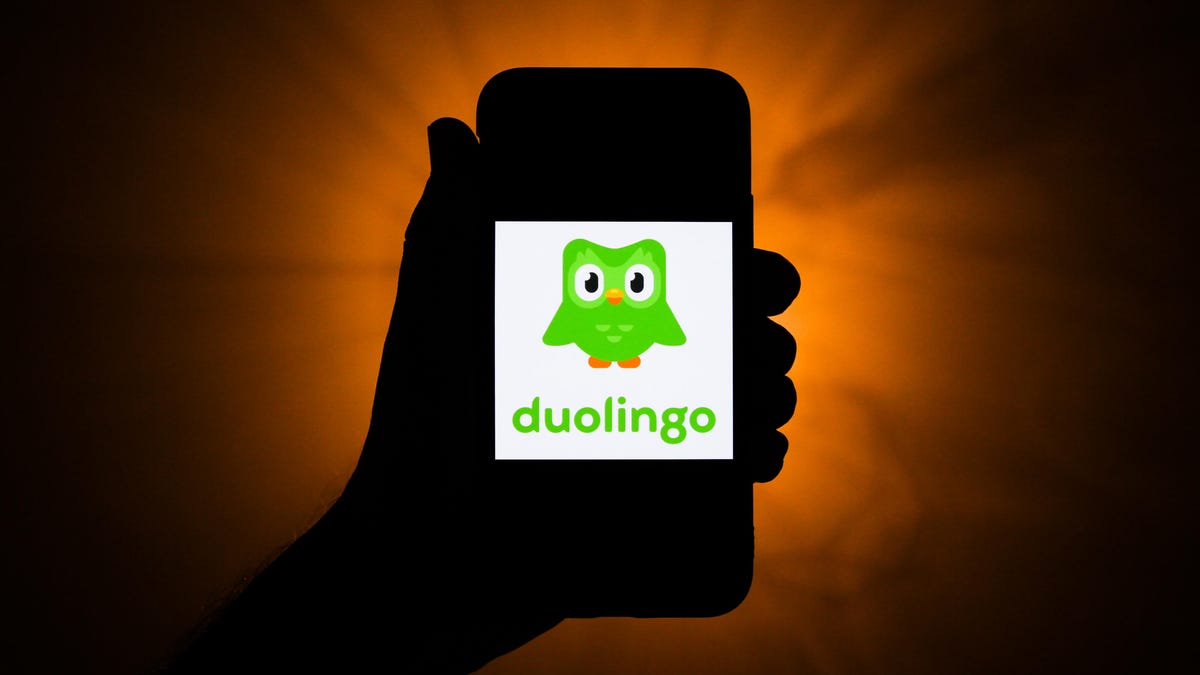Duolingo’s Bold Move: The Coffin for Its Beloved Owl Duo Raises Eyebrows
In a surprising twist that has caught the attention of both fans and critics alike, Duolingo has unveiled a product that many never expected: a coffin designed for its beloved owl mascots, Duo and his friend. This audacious marketing strategy has sparked widespread conversations about brand creativity, consumer engagement, and the poignant themes of loss and nostalgia in our increasingly digital world. With this unusual release, Duolingo is not just selling a product; it’s stirring emotions and inviting users to reflect on their experiences with the app.
The Story Behind the Coffin
Duolingo, known for its playful approach to language learning, has built a strong brand identity around its whimsical owl mascots. These characters have become icons in the educational technology realm, representing fun and approachable learning. However, the introduction of a coffin for the owls marks a stark departure from the brand’s usual lightheartedness.
The coffin, presented as a tongue-in-cheek commentary on the struggles of language learners, elicits a spectrum of reactions. Some see it as a humorous nod to the frustration that comes with mastering a new language, while others interpret it as a reflection on the impermanence of digital identities. The marketing campaign surrounding this product cleverly plays on the idea of “killing off” bad habits or language barriers, inviting users to engage with the concept on multiple levels.
Consumer Reactions: Laughter, Confusion, and Critique
The initial response to Duolingo’s coffin has been mixed. On social media platforms, users have reacted with everything from laughter to bewilderment. Memes have quickly circulated, showcasing the absurdity of a product that combines a language-learning app with the somber imagery of a coffin. This mix of humor and shock value has reignited conversations about the lengths to which brands will go to capture attention in a crowded marketplace.
- Positive Reactions: Many fans appreciate the boldness of Duolingo’s marketing move. They see it as a fresh, innovative way to engage with the community and keep the brand relevant. The humor embedded in the concept resonates well with the app’s younger audience, who often embrace irony and sarcasm.
- Negative Reactions: Conversely, some critics argue that this gimmick trivializes the concept of loss. They believe that using a coffin in marketing is distasteful and inappropriate, especially in a time when many are grappling with real-life losses.
What This Means for Brand Creativity
Duolingo’s coffin for its owl duo serves as a striking case study in brand creativity. In an era where consumers are bombarded with advertising messages, standing out is crucial. Duolingo’s strategy demonstrates how humor, combined with a touch of the macabre, can capture attention and drive engagement. This approach highlights several key insights into modern marketing:
- Emotional Connection: Brands that tap into emotions—whether through humor, nostalgia, or even sadness—tend to resonate more with consumers. Duolingo’s coffin invites users to reflect on their experiences with language learning, creating a deeper connection.
- Viral Potential: The absurdity of the product makes it highly shareable. As users create and share memes, the marketing campaign gains traction, amplifying brand visibility without a significant financial investment.
- Engaging Conversations: By introducing a controversial product, Duolingo has sparked conversations about the nature of learning, identity, and even mortality in the digital space. This dialogue can enhance brand loyalty and community engagement.
The Role of Nostalgia in Digital Marketing
Nostalgia plays a powerful role in marketing, particularly in the digital age. As consumers reflect on their past experiences, brands that evoke feelings of nostalgia can create a strong emotional bond. Duolingo’s coffin taps into this by reminding users of their journey with the app—both the struggles and the triumphs. It subtly acknowledges the challenges faced while learning a new language, making the learning process feel relatable and human.
Moreover, the juxtaposition of a coffin with a playful mascot can evoke nostalgia for simpler times, perhaps when learning was less about pressure and more about curiosity. This nostalgic lens invites users to reminisce about their experiences, reinforcing their connection to the brand.
Looking Ahead: The Future of Duolingo and Its Marketing Strategies
As Duolingo continues to innovate, the coffin for its beloved owls might just be the beginning of a new marketing era for the brand. The boldness of this product raises questions about how far companies should go to engage their audiences. Will this trend of using dark humor and unexpected products become more common among educational brands? Or will Duolingo’s move remain a unique outlier?
Regardless of its future direction, Duolingo’s coffin serves as a powerful reminder of the importance of creativity in marketing. The ability to spark conversations, evoke emotions, and create memorable experiences will always be at the heart of effective branding.
Conclusion
In conclusion, Duolingo’s bold move to introduce a coffin for its beloved owl duo has undoubtedly raised eyebrows and sparked discussions about brand creativity, consumer engagement, and the complexities of nostalgia in the digital age. While reactions may vary, one thing is clear: Duolingo is not afraid to push boundaries and explore new avenues of connection with its audience. This fearless approach could very well pave the way for future marketing strategies in the edtech sector, encouraging brands to think outside the box and embrace both humor and authenticity in their messaging.
See more Business Focus Insider Team

